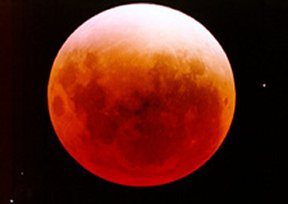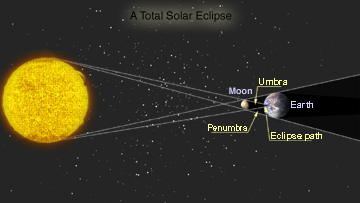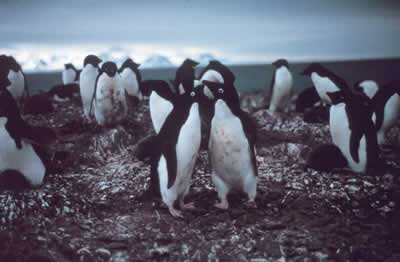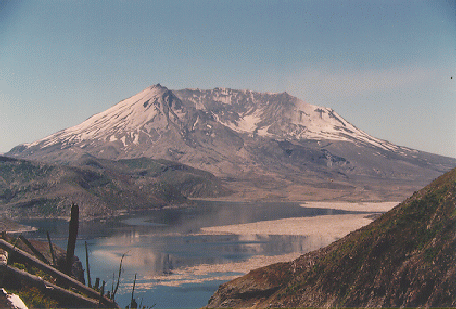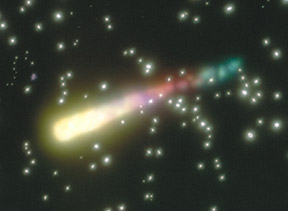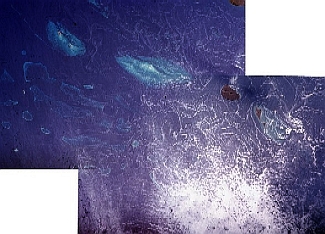Click on image for full size
Courtesy of Andy Steere
Total Lunar Eclipse
News story originally written on May 15, 2003
The first eclipse of 2003 will occur on the night of Thursday, May 15th (or early in the morning on May 16th if you live in Europe!). This eclipse is a total lunar eclipse, so the Earth's shadow will darken the Moon. The entire eclipse lasts more than three hours, while the "total eclipse phase" spans a period of about 50 minutes. If you live in the eastern part of North America, the middle of the eclipse occurs around 11:40 P.M.; mid-eclipse occurs near 8:40 P.M. for viewers on the West Coast.
Earth's shadow has two parts: a lighter outer ring, and an inner, darker circle. During a total lunar eclipse, the Moon passes through both sections of this shadow, so there are several different stages to the eclipse. The link to NASA's page about this eclipse (below) provides details about the times of the different stages for viewers in various locations. Even during the darkest stage of the eclipse the Moon will still be visible; red light refracted through Earth's atmosphere lights the Moon to a dull copper hue.
Unlike solar eclipses, lunar eclipses ARE safe to view without any special filters or other equipment. The alignment of Earth, the Sun, and the Moon during a lunar eclipse is related to the alignment that produces the rarer solar eclipses. Sometimes this means that solar and lunar eclipses occur around the same time (within two weeks of each other). That is indeed the case this time around! A total eclipse of the Sun will be visible in parts of Greenland, Iceland, and Scotland on May 31, 2003. Be careful if you are lucky enough to see that eclipse - direct viewing of a solar eclipse without special precautions IS very dangerous!


